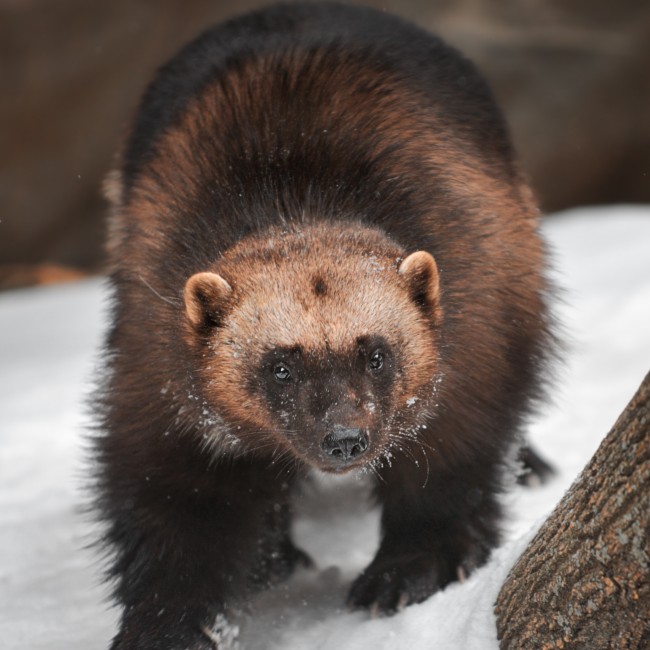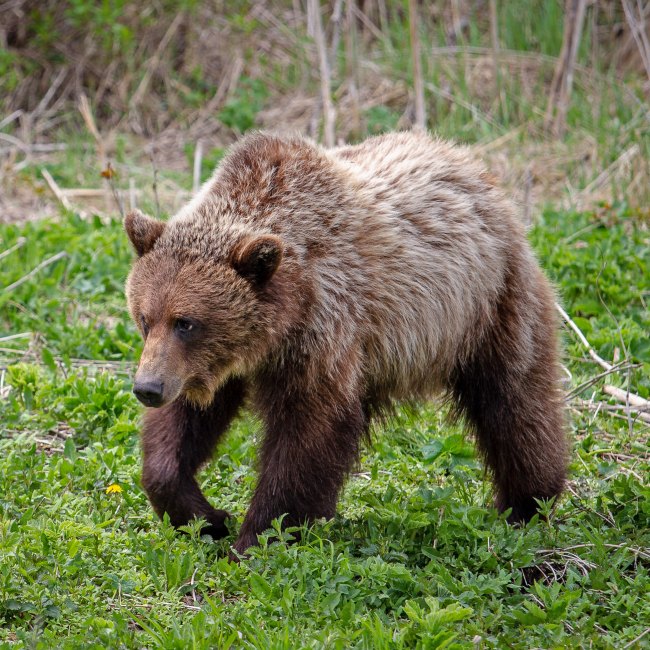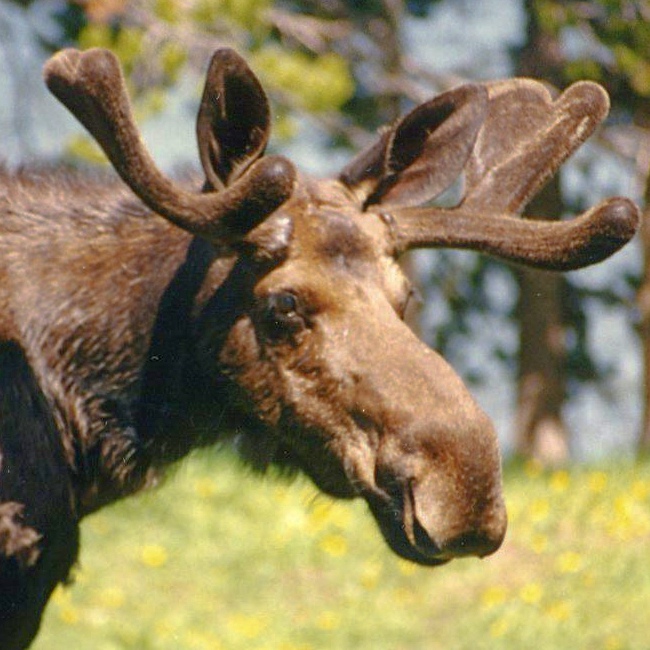Status of Mammals
In this chapter we will summarize the effects of human footprint on mammals and spotlight two socially important mammal species, Grizzly Bear and Moose.
Section Overview
Chapter 5.1 Status of Mammals

Summary of the effects of human disturbance on mammals in Norbord's operating areas, as well as the impacts of different types of disturbance at local and regional scales.
Learn MoreChapter 5.2 Research Spotlight: Grizzly Bear

Overview of research looking at the response of Grizzly Bears to forestry, and decision support tools that can be used to support land use planning.
Learn MoreChapter 5.3 Research Spotlight: Moose

Summary of the effects of human disturbance on Moose in Norbord's operating areas and the surrounding region, including habitat associations, intactness, and sector effects.
Learn More



